Lauf True Grit: At The Finish – by MG
As the cycling industry increasingly looks at gravel cycling as the ‘Next Big Thing’ in the marketplace, the resulting influx of money and resources has produced some incredible new bikes and gear. Case in point is the Lauf True Grit we’ve been testing since May. The True Grit employs a unique design and unique-to-Lauf technology to deliver a ride that defies simple description, but results in one of the most versatile, refined gravel rides available today.
For perspective, be sure to check out the earlier Getting Rolling and Checkpoint posts for the True Grit.
Passion For Gravel

As the presenting sponsor of the PCL’s Gravel Worlds, Lauf bikes were a common sight at the late-August event. Gudberg Bjornsson, chief design officer at Lauf, even flew into Lincoln from Reykjavik, Iceland to compete in the race. Impressive. What was even more impressive was how fast he rode after the long journey, and his straightforward, easy going demeanor was a pleasure to be around over the weekend.
Composure = Confidence on the Road
In many ways, the performance of the True Grit is consistent with with the demeanor of its designer – straightforward, unpretentious and easy going. But make no mistake, when the hammer drops, it’s ready to deliver the goods if you are.

The True Grit’s composed, calm feel makes it easy to go fast, particularly on shifty or rough gravel, or unmaintained B roads.
The Grit SL suspension fork goes largely unnoticed until it’s called into action by bumps. While we could feel a subdued bounce when we’d get out of the saddle and put most of our weight over the bars on a paved road, it was never a distraction on the gravel climbs the True Grit was built for.
When riding, it’s easy to feel that the True Grit frame and Grit SL fork are designed to function as a unit as well. It’s perhaps the first suspension-equipped gravel bike to be designed this way, and the resulting ride quality is as unique as the bike itself.
Other True Grit Hits
- Tire clearance – With clearance to easily fit up to 45c tires, the True Grit lets you choose the right tire size for the conditions. The stock 40c Maxxis Rambler tires are a great match for the bike, but you can easily go with something larger for rougher and/or rockier conditions.
- Internal routing – Internal guides make it easy to route and service cables and hoses. The design is also rattle-free, even on the roughest roads.
- Durable finish – Despite my initial reservations about the matte off-white finish, it looked as good at the end of the test as it did at the start. The color looked even better with a thick coat of dust, perfect for a gravel bike.

Three Opportunities for Improvement
- Limited sizing – With only three sizes currently, the True Grit isn’t going to be a great fit for cyclists at the ends of the size spectrum. That said, I’ve heard rumors that an expanded size range could be in the works. If so, that’d take out my number one complaint about the True Grit.
- Stock wheels – While the SRAM Rival 1-based “weekend warrior” build was sound overall, the heavy stock wheelset mutes the performance feel of the True Grit considerably. I unleashed the True Grit’s full potential with an upgrade to the Cantu Rova gravel wheelset we’re testing. Long story short: the wheels are worth every penny, improving every aspect of the True Grit’s performance.
- Limited 2x drivetrain compatibility – The True Grit lacks cable routing for a front derailleur, so the only 2x option is the SRAM Red eTap wireless groupset. Plus, running an eTap front derailleur limits rear tire clearance to 40c. That’s not my idea of ideal. And while I didn’t have too many problems with the stock SRAM Rival 1 drivetrain (aside from the size of the jumps between gears), I’d prefer to be able to run a 2x setup similar to what I continue to run on my personal gravel bikes.
Bottom Line
It’s been a lot of fun testing Lauf’s True Grit, and bottom line, it’s one of the best gravel bikes I’ve ridden to date. The True Grit proves that there isn’t yet a “formula” to building a great gravel road bicycle. It might not look conventional, but the resulting ride is compelling. It’s fast yet forgiving… A great race bike that virtually anyone can ride with confidence.
I have to admit: I almost cried when I boxed the bike up and shipped it back to Lauf. It really is that good.
Note: Lauf sent over the True Grit for test and review at no charge to Riding Gravel. We are not being paid nor bribed for this review and we strive to give our honest thoughts and opinions throughout.


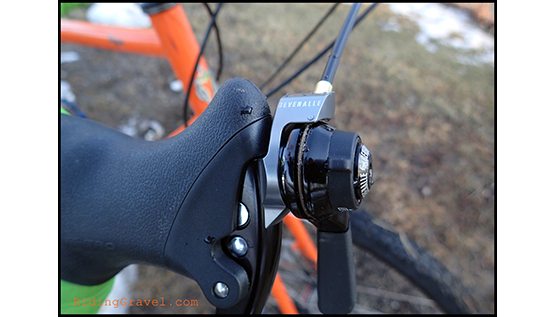
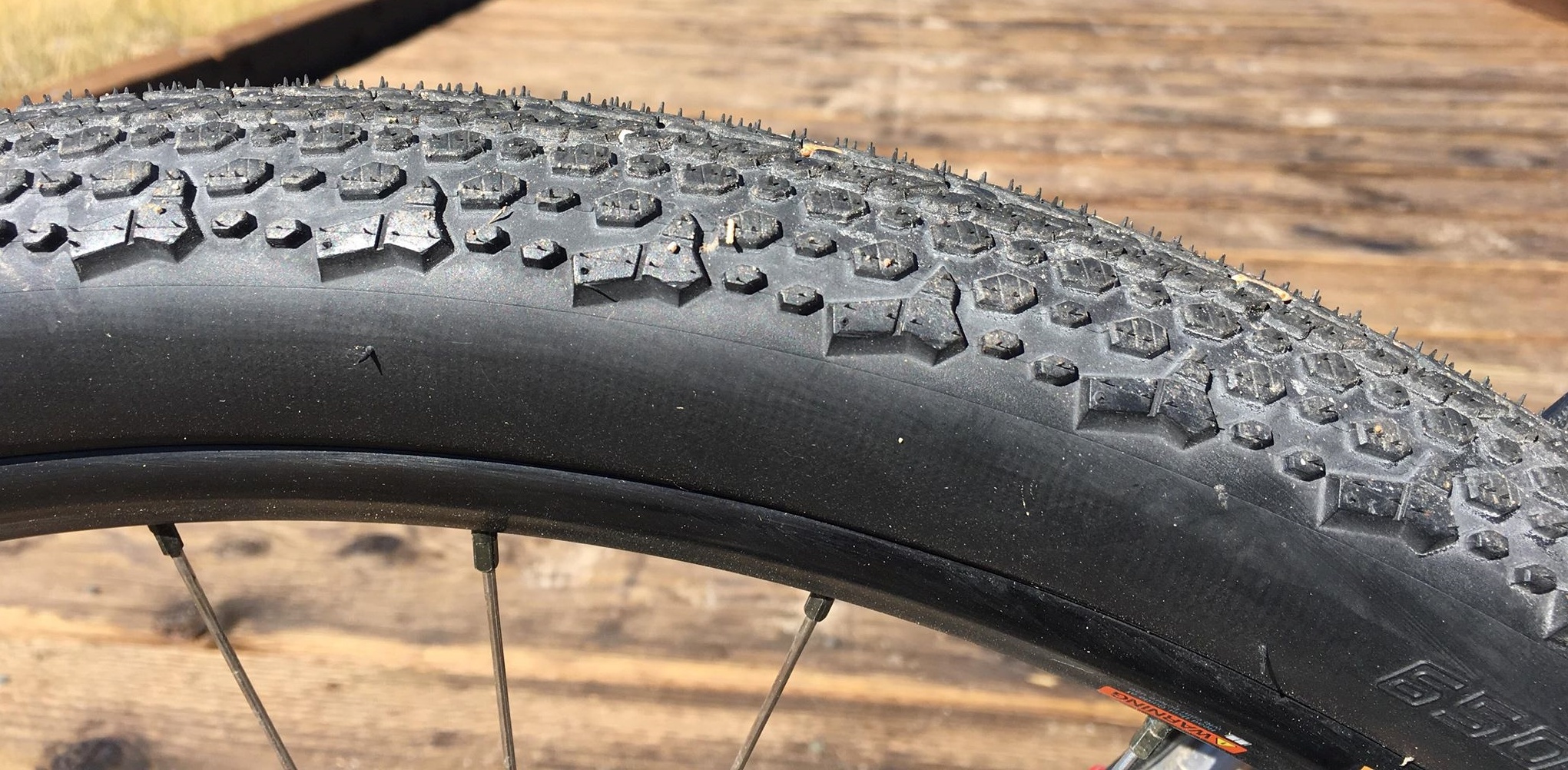
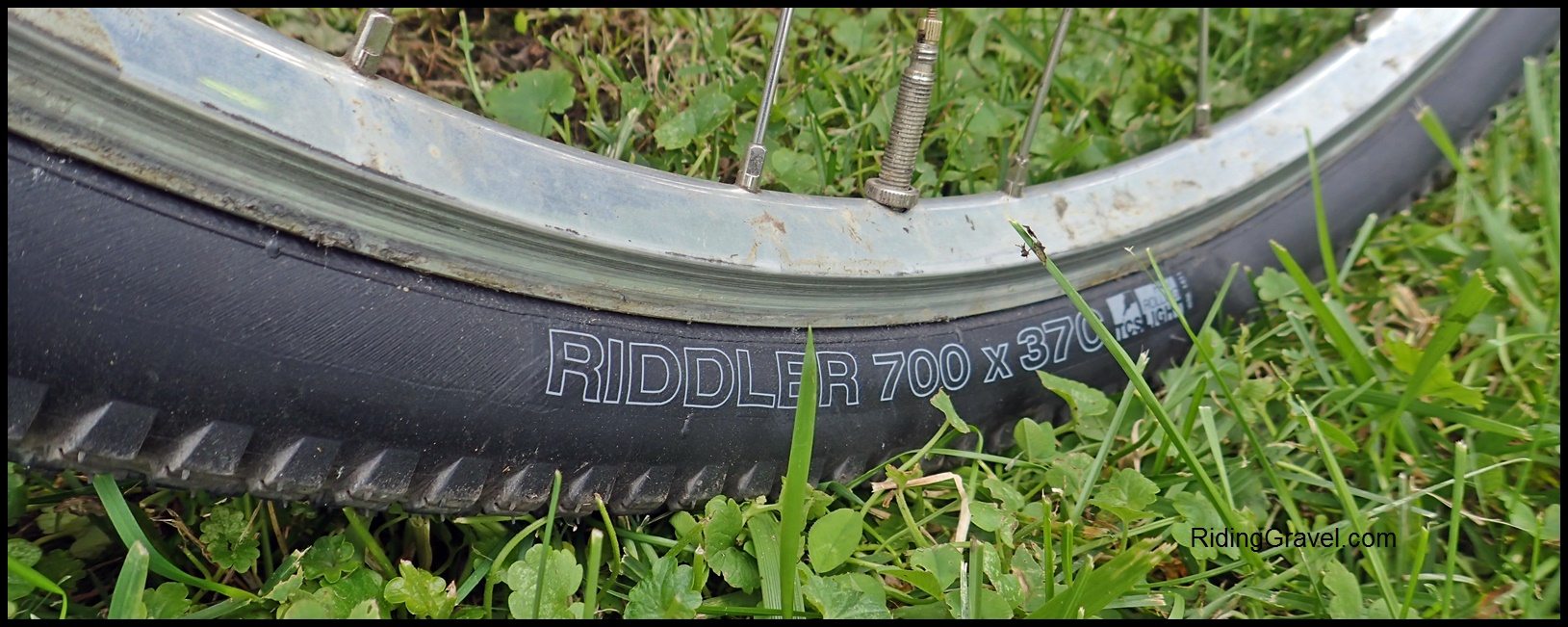
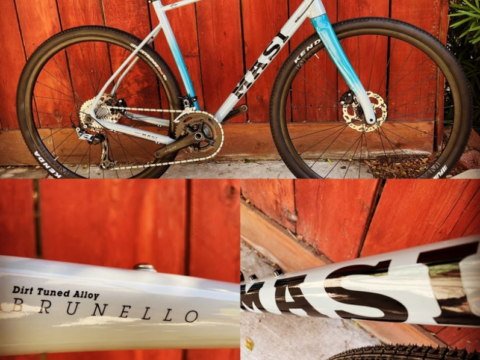
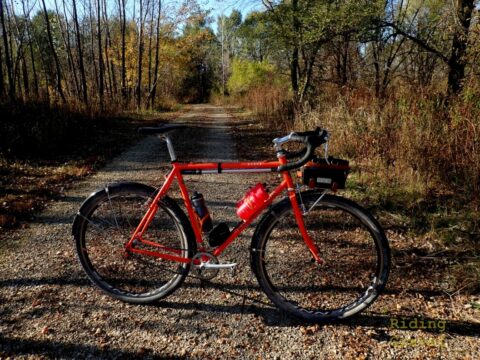
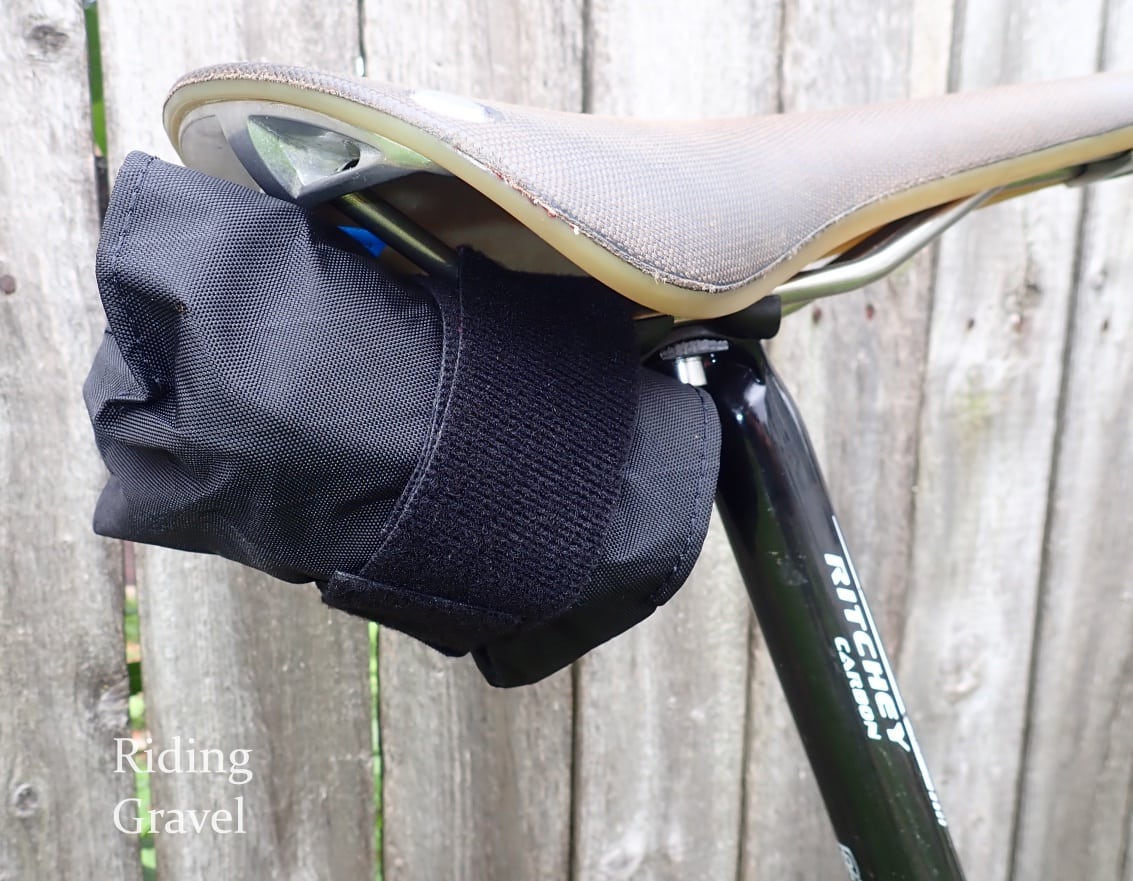


Do you know what the geometric trail is?
@James: By my calculations, with a 40c tire, the True Grit has 76mm of geometric trail.
Holy smokes that’s a lot of spacers and a very short, very high rise stem. Their stack and reach looks super weird to me for a gravel bike.
Thanks for your input, @Patrick. For me, the stack is low and reach is long… but that’s by design. I have several friends who love the long, low front end, but most of them come from a road racing background. For me, coming off a Salsa Ti Fargo, it was quite a change, so I had to get creative with the stem selection to accommodate my preferred position. For as weird as it may look, it rode and handled great.
Thanks again,
MG
I like suspension on a Gravelbike. I want to be comfortable when I’m spinning away the miles. However, I don’t think that using short travel mountain bike suspension is the way to go. I would love to see a soft-tail Gravelbike with a Lauf fork which would be light and low tech—unlike mountain bike suspension. The Moots YBB and the BMC Teamelite are some examples of soft-tail bikes that are currently being produced.
I realize that this is a difficult question to answer, I figured it was worth an ask.While you mentioned that the frame works well with the fork I’m wondering. How do
you think the fork would fair on another frame, maybe you’ve even had the chance to ride a lauf on another frame. Thanks you
Does it seem like it has enough room for a left side stages power meter?